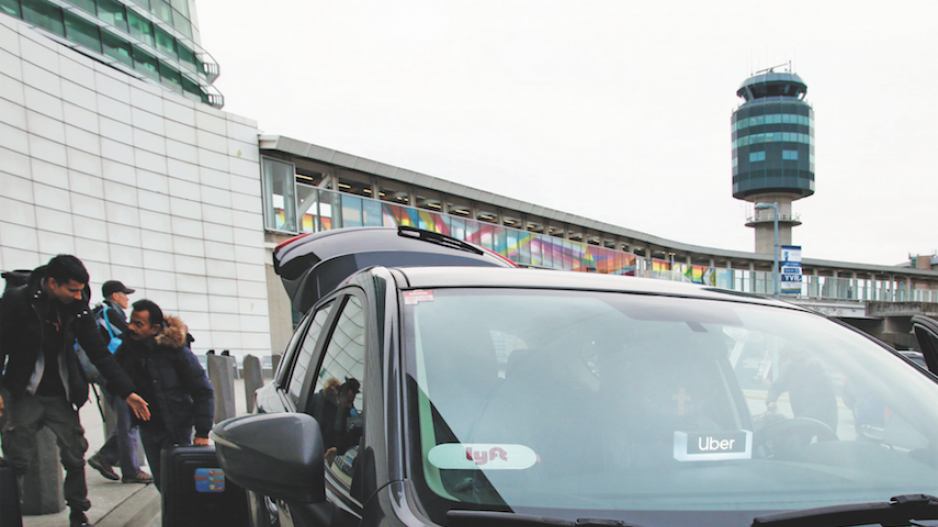When it comes to getting the regulatory recipe right in the gig worker economy, the BC NDP is being urged to take the lead from Goldilocks and the Three Bears: not too hot, not too cold, but just right.
Just right would be an equitable balance between benefits for gig workers and cost burdens borne by companies and the province’s economy as outlined in a new Greater Â鶹´«Ã½Ó³»Board of Trade (GVBOT) report.
With the BC NDP embarked on a series of provincewide roundtables to develop a strategy for regulating the “precarious worker and gig economy,” A Path Forward for the Gig Economy in British Columbia offers the business community’s perspective for establishing a framework for that regulation.
It maps out the pros and cons of gig, or app-based, work in enterprises ranging from ride-hailing and food delivery to health care, retail and construction.
The report notes that gig work is now a well-established option in the local job market that provides convenience for consumers and flexible opportunities and additional revenue sources for approximately 265,000 workers in B.C.
It estimates the average annual income of those gig workers at $5,200.
And while companies also reap operational flexibility and cost savings from using contractors rather than company employees, the GVBOT report cautions that reclassifying Uber drivers and other gig workers as employees would be expensive for participants on both sides of the app-work equation, especially with inflation, debt and other cost pressures dragging the economy into a 2023 downturn.
It estimates that applying blanket classification of app-based and other gig economy workers would drive the price of ride-hailing services up by as much as 30 per cent, result in approximately $219 million in lost earnings and cut the amount of app-based work by 70 per cent.
Citing the Canadian Federation of Independent Business’s Small Business Recovery Dashboard, the report notes that more than half of B.C.’s small to medium-sized businesses face sales that are far below normal and continue to struggle under the weight of pandemic debt loads.
However, as documented in previous BIV stories on , proponents of better conditions and benefits for gig workers say concerns for those workers range from the way they are paid if they’re injured on the job to the limited prospects they have for parental leave and other support benefits.
Meanwhile in order to achieve the Goldilocks approach of getting the regulatory recipe just right, Bridgitte Anderson, the GVBOT’s president and CEO, says targeted changes to the laws governing gig workers rather than defaulting to a one-size-fits-all solution is the answer.
That approach, she said, “will address existing challenges without the risk of jeopardizing the incomes of thousands of British Columbians and increasing the cost of services they provide. At the same time, we have a collective opportunity to implement and explore innovative approaches that can benefit workers, improve safety, and position British Columbia as a leader.”
Anderson told BIV that the report and its recommendations are focused on helping the provincial government “understand the full consequences of any kind of changes that they make … and that changes to one specific part of the gig economy could have implications more broadly in the gig economy.”
Increased business costs of those changes, she added, are “a huge consideration. … at a time where we're all facing increased inflation and rising costs and affordability measures. So, now is the time to fully understand the implications of any changes and to just ensure that there is a balanced and measured approach that solves some of the challenges that we're hearing about in the economy, but doesn't have broader negative implications or unintended consequences.”
The targeted changes recommended in the GVBOT report include:
•establishing a portable benefits model under which workers pool contributions received from each of their sources of work;
•introducing a minimum earnings standard to ensure that workers benefit from the time they spend delivering services;
•exploring options for injury protection through occupational accident insurance; and
•developing best practices for dispute resolution and termination.


